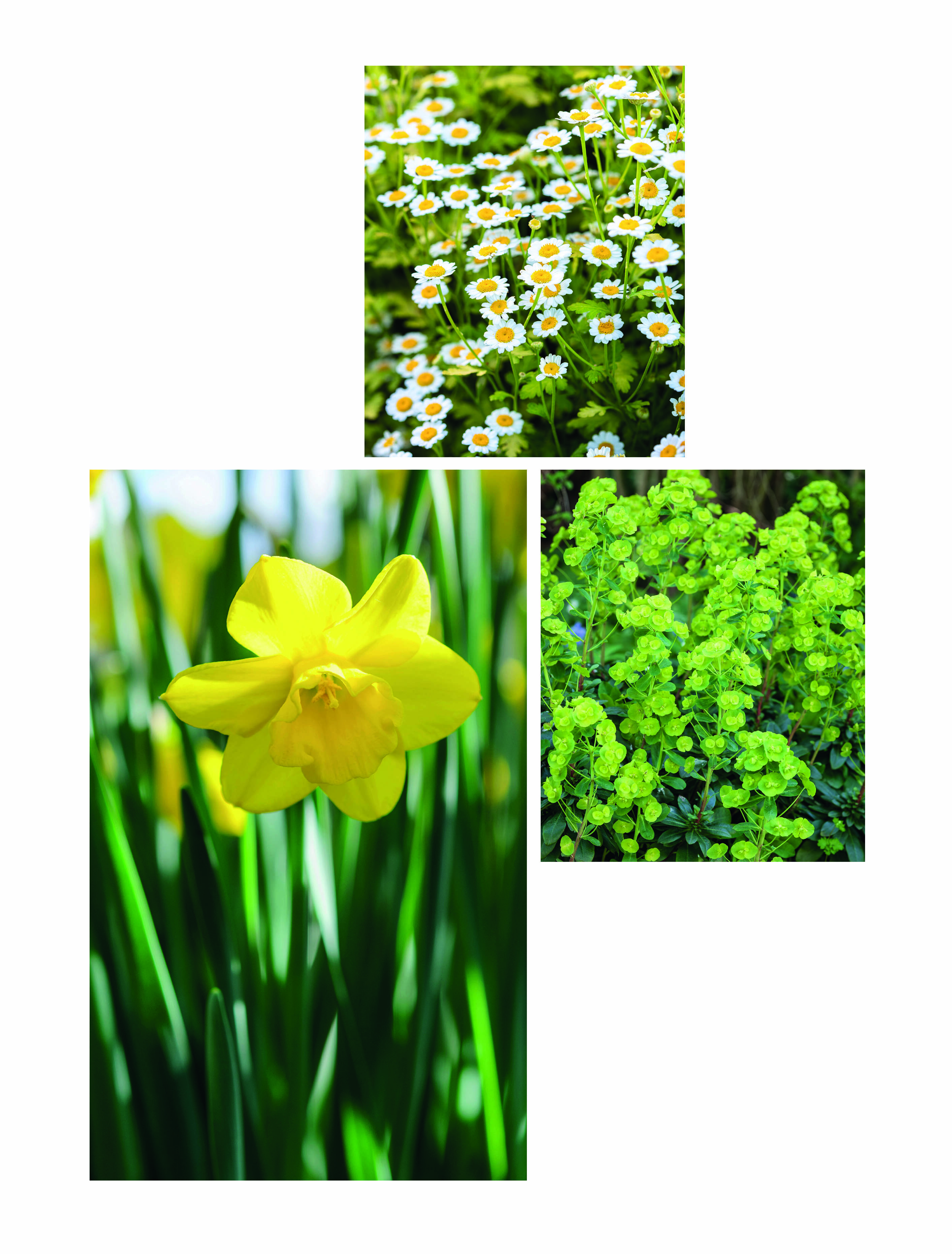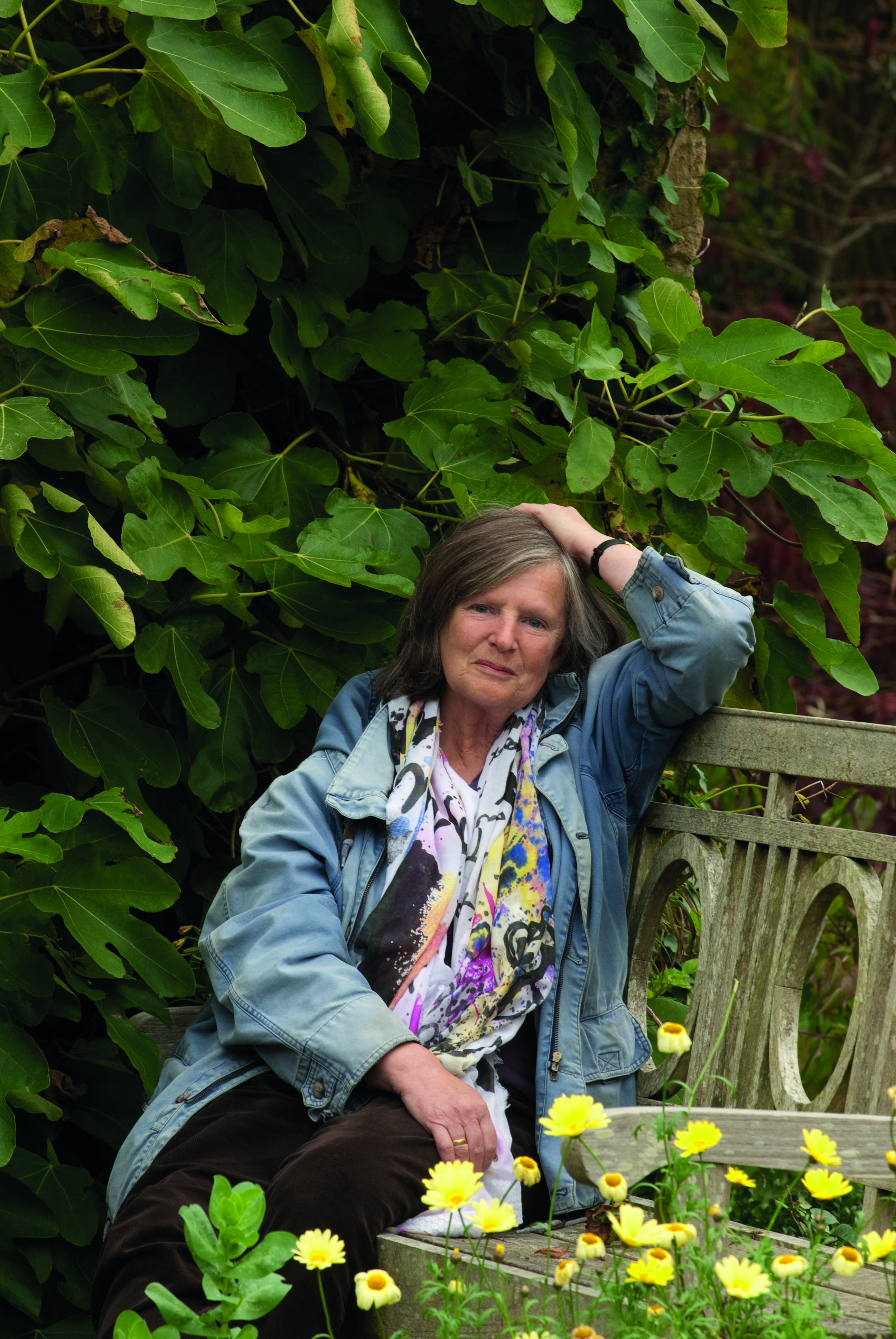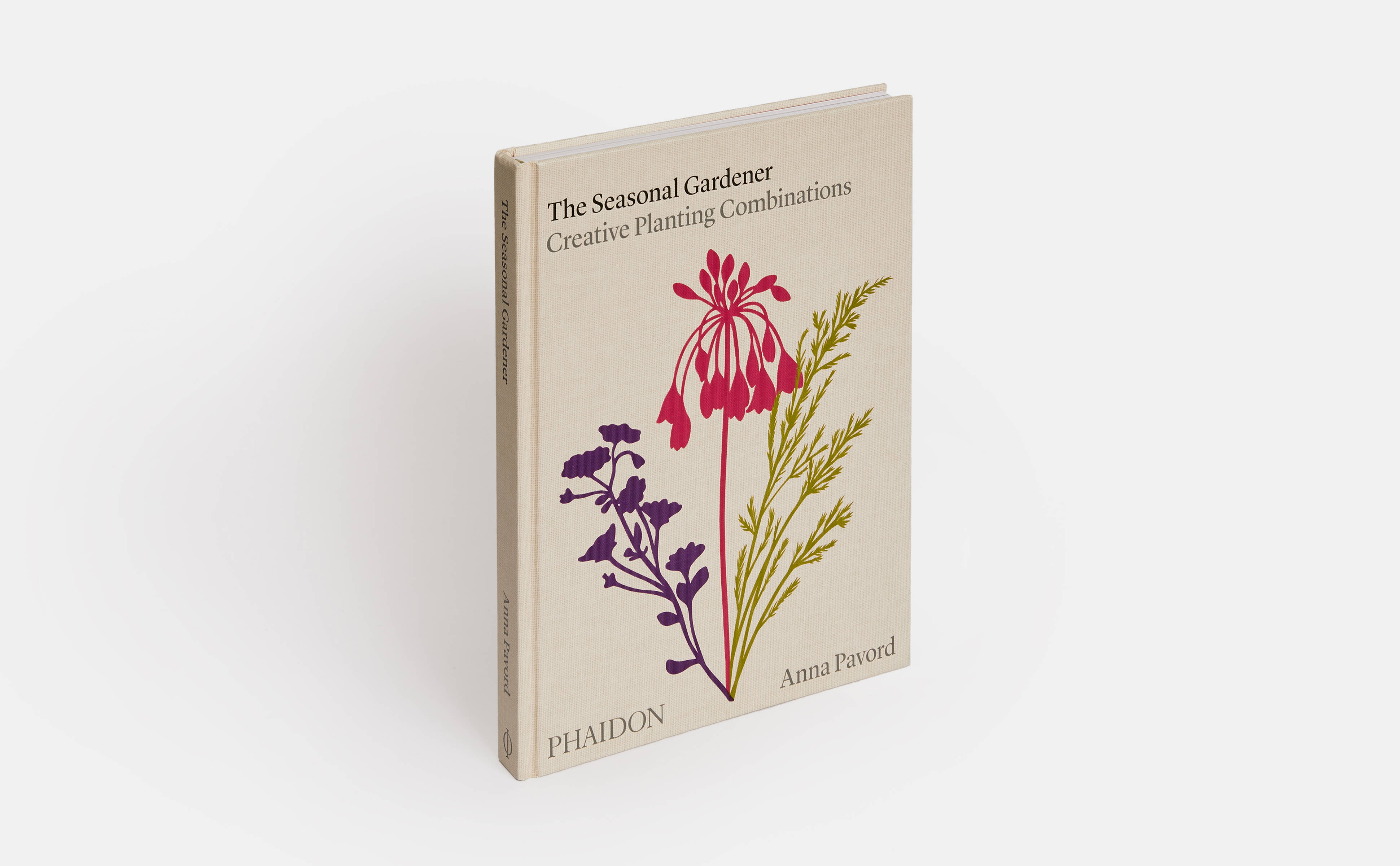
Love daffodils? Meet their perfect bedfellows
The Seasonal Gardener pairs stand out plants with their ideal partners
Gardening is a remarkably dynamic as well as creative undertaking. A canvas or bronze remains the same for centuries, while plants bloom, thrive, change and die-off, as Anna Pavord notes in the introduction to her new book, The Seasonal Gardener: Creative Planting Combinations. “Our gardens provide us with a curious combination of constancy and change,” she explains. “They surround and ground us with their familiar landmarks but at the same time excite us with their endlessly shifting elements. The biggest transformations, of course, are brought about by the seasonal moves of spring into summer, summer into autumn, autumn into winter.”
With this in mind, Pavord (an internationally recognised best-selling author of a wide range of gardening books and a recipient of the Royal Horticultural Society’s Gold Veitch medal in 2001) has drawn up sixty of her favourite plants, and listed them alongside perfect companion species. The book’s four sections follow the flowering year “from the hellebores and snowdrops of winter and early spring to the cyclamen and salvias of autumn,” she writes.
Every page is a source of new ideas for both experienced horticulturalists and gardening newcomers, and Pavord’s selection includes relatively obscure plants as well as familiar shrubs and flowers.
Take for instance, Narcissus ‘Quail’, a plant that many of us might simply call a daffodil. It’s a lovely, early spring flower that many of us might be enjoying right now; however, we may not know how to handle it best, or what to plant alongside, until we’ve consulted The Seasonal Gardener.

*Anna Pavord. photo courtesy Anna Pavord *
“Make the most of Narcissus ‘Quail’s powerful spring scent,” advises Pavord, “because when it has gone, there will be nothing else in this group to match it. Fortunately, it dies well; its leaves are dark and grassy, not in any way an eyesore in decay, like the leaves of monster-sized daffodils.”
In the beds beside these bulbs, Pavord favours two useful and reliable plants, which will hold a patch of garden together once the Narcissus has bloomed. The sober, Euphorbia amygdaloides var. robbiae (Mrs Robb’s bonnet) “is an excellent colonizer, though it has a mind of its own regarding where it puts itself,” she advises. “It thrives in a wide range of conditions, including deep shade, but appreciates a mulch of compost in spring. Cut out dead stems as necessary and keep an eye on its wandering feet. It is lovely with daffodils, which contrast both with the sombre foliage.”
Meanwhile, the pretty, adaptable Tanacetum parthenium ‘Aureum’ (Golden feverfew) is great for dull, foggy days, when “young plants shine out like beacons, with low mounds of rich golden foliage,” she writes. “It is undemanding, which means that it is underrated. Its white daisy flowers that come in summer can be sheared off if they dissipate the look you are after.”

The Seasonal Gardener
Get this combination of plants into your flower beds, and you'll have a great start to spring, as well as petals pushing into summer. For more on these plants as well as many other seasonal tips, order a copy of The Seasonal Gardener, here.